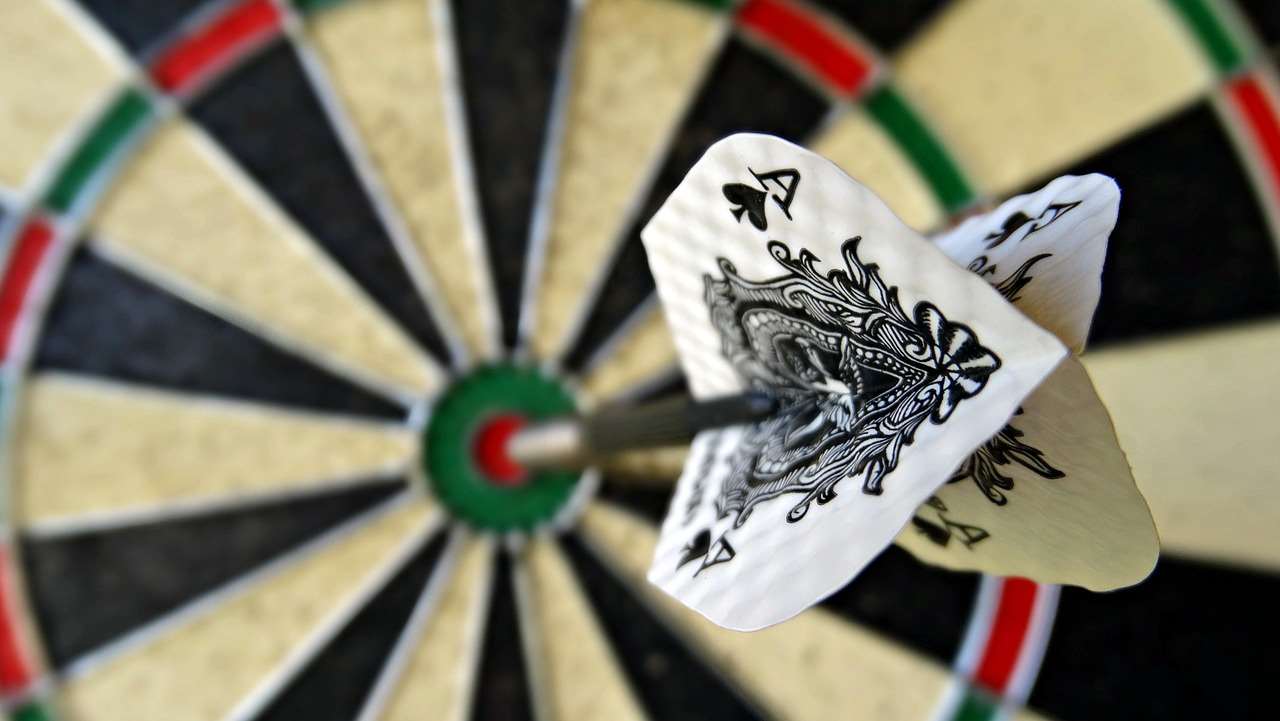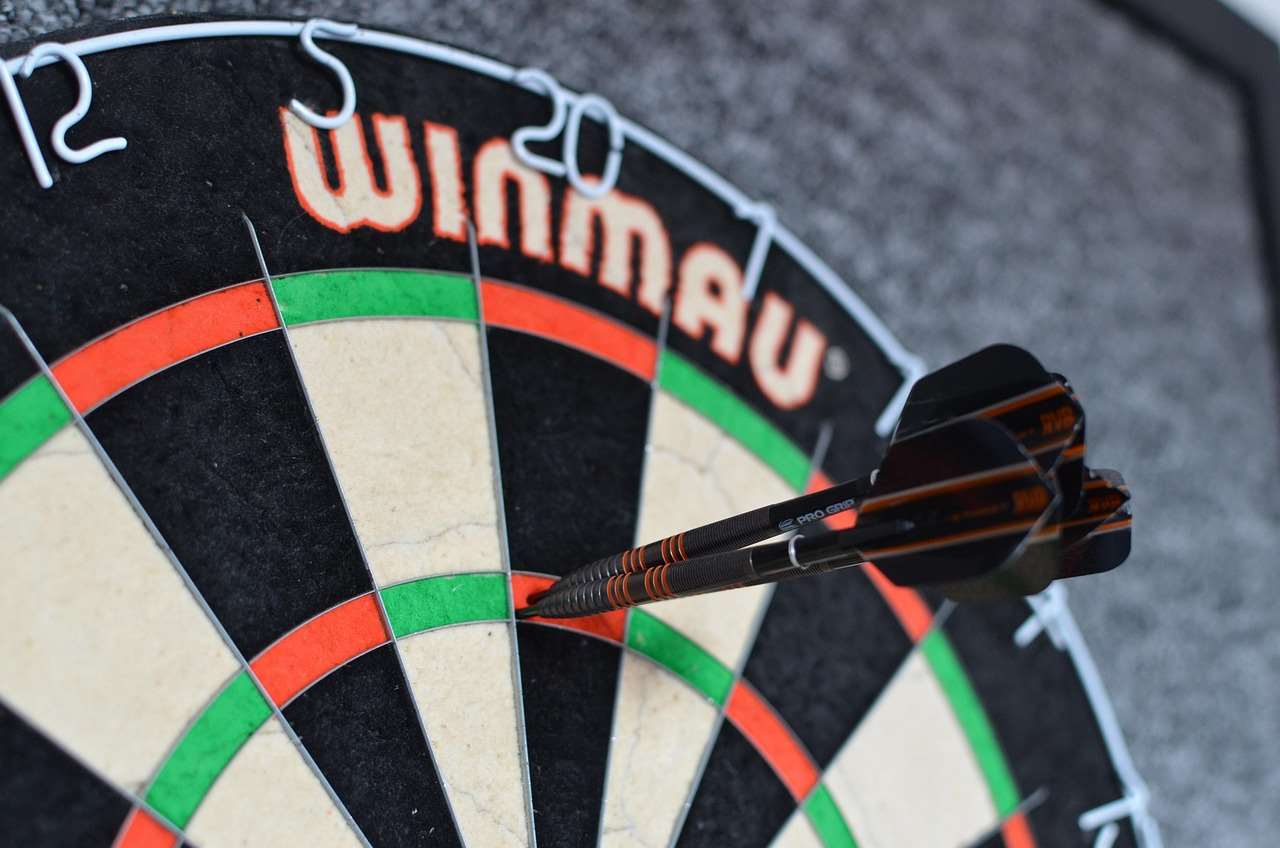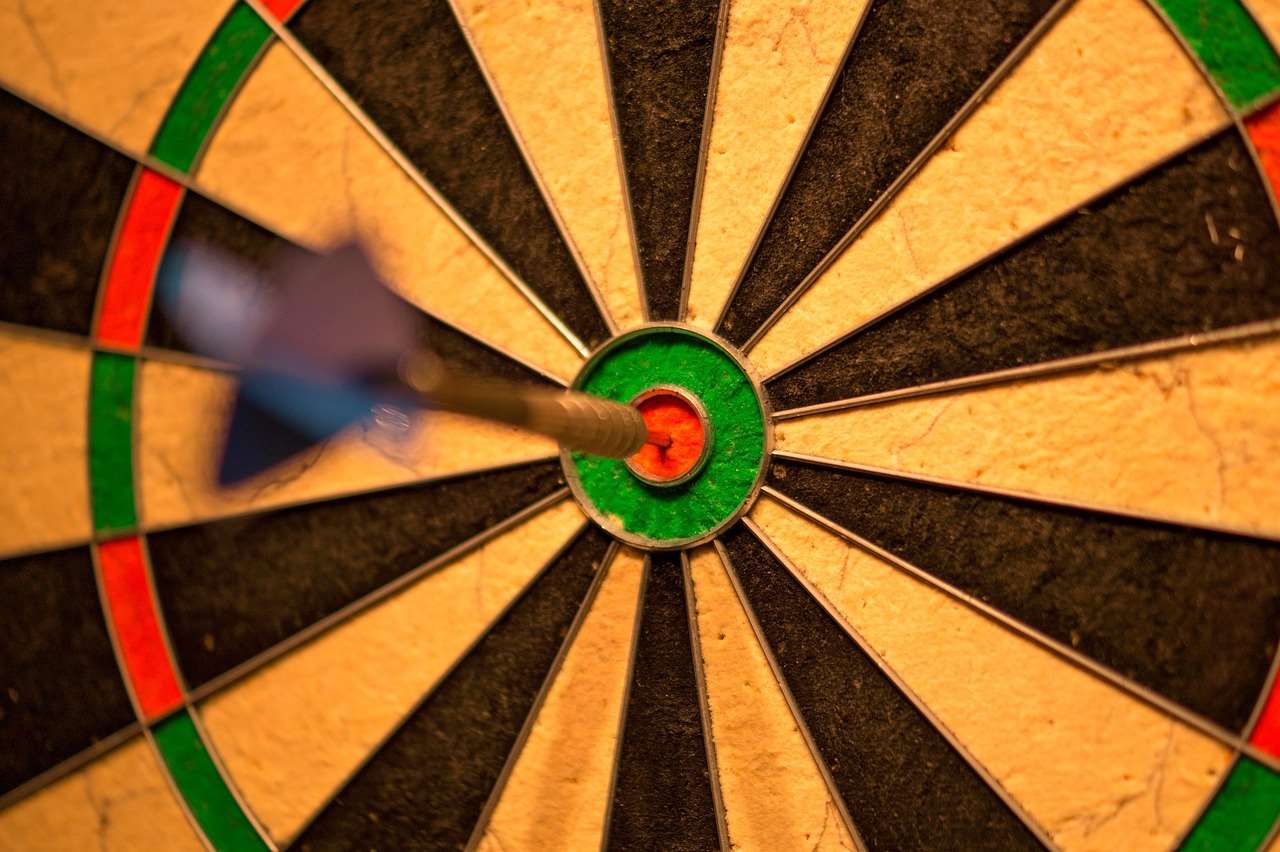Defining the “worst darts leg ever” is subjective, depending on the context and the player’s expectations. It could be a string of misses, a catastrophic meltdown, or a game-deciding collapse. This article will explore various scenarios that might constitute the worst darts leg ever, examining the factors involved and offering advice on how to avoid such a disastrous outcome.
⚠️ Still Using Pen & Paper (or a Chalkboard)?! ⚠️
Step into the future! The Dart Counter App handles all the scoring, suggests checkouts, and tracks your stats automatically. It's easier than you think!
Try the Smart Dart Counter App FREE!Ready for an upgrade? Click above!
Let’s start by considering what constitutes a truly awful leg of darts. It’s not just about the low score; it’s about the circumstances, the stakes, and the feeling of utter despair that follows. For many, the worst darts leg ever is far more than just a poor scoring run – it’s a psychological experience defined by missed opportunities, frustration, and self-doubt. This feeling intensifies significantly in high-pressure scenarios, such as a crucial tournament match or a friendly game against a fierce rival.
We’ll dive into common reasons for a disastrous leg, exploring various factors influencing performance, including mental state, physical condition, and the equipment itself. We’ll also look at how to improve your game, recover from setbacks, and learn from your mistakes. Furthermore, we’ll delve into some famous (or infamous) examples of truly awful legs in professional darts, drawing valuable lessons from the experiences of top players.
The Worst Darts Leg Ever: A Case Study in Frustration
One could argue that the worst darts leg ever isn’t defined by a single, objectively low score, but rather by the confluence of factors that contribute to a complete collapse. Imagine this scenario: You’re in a crucial match, the score is tied, and the pressure is immense. You step up to the oche, your hand trembles slightly, and you proceed to miss three successive doubles, and then miss another three singles! The frustration mounts, your confidence plummets, and the leg spirals into a catastrophic series of misses. This, undoubtedly, feels like the worst darts leg ever for the player involved. This is exactly the kind of scenario that exemplifies the subjective nature of this topic – every player has their own personal ‘worst darts leg ever‘ defined by their own experience.

Analyzing the Components of a Terrible Leg
Several factors contribute to a worst darts leg ever experience. These include:
- Mental Game: A lack of focus, excessive pressure, and negative self-talk can significantly impact performance.
- Physical Condition: Fatigue, poor posture, and even minor injuries can affect your throw.
- Equipment Issues: Problems with your darts, dartboard, or surrounding environment can disrupt your game.
- Lack of Practice: Insufficient practice makes it more likely you’ll experience a poor leg.
- Bad Luck: Sometimes, despite your best efforts, the darts just won’t go in.
Understanding these contributing factors is the first step towards preventing a disastrous leg. The ability to recognise and manage these elements is key in transforming a potentially disastrous leg into an opportunity for a comeback.
Preventing the Worst Darts Leg Ever: Practical Tips
Preventing the worst darts leg ever requires a multifaceted approach. While you cannot entirely eliminate the possibility of a poor leg, you can significantly reduce its likelihood by focusing on these key areas:
- Mental Preparation: Practice mindfulness and visualization techniques to improve focus and reduce anxiety. Learn to manage your emotions under pressure. Consider using a target darts counter app to track progress and identify areas for improvement.
- Physical Fitness: Ensure you’re in good physical shape to maintain stamina and accuracy throughout your game. A consistent exercise regimen can benefit both your physical and mental game.
- Consistent Practice: Regular practice is essential to hone your skills and build muscle memory. Practice should also incorporate mental training.
- Equipment Maintenance: Ensure your darts are in good condition and your dartboard is properly mounted. Replace worn-out darts or fix any problems with your dartboard or surrounding environment.
- Posture and Technique: Maintain a consistent and correct throwing posture and technique. Even minor adjustments can significantly impact your accuracy.
By consistently applying these practical tips, you will be significantly better positioned to prevent your personal worst darts leg ever experience. Consistency and patience are key to achieving mastery in the game of darts.

Learning from the Pros: Famous Darts Meltdowns
Even the world’s best darts players experience bad legs. Examining these instances can provide valuable insight into how to overcome adversity. Analyzing the performances of these players, while keeping in mind their overall success, can help us better understand the importance of consistent practice and maintaining mental fortitude. Often, the narrative surrounding a ‘worst darts leg ever‘ moment is intertwined with its impact on the wider match or tournament.
Turning Setbacks into Comebacks
The key to bouncing back from a disastrous leg lies in your mental resilience. Don’t dwell on the past; instead, focus on the next dart. Positive self-talk and focusing on your strengths can help you regain your composure and improve your chances of winning. Learning to analyze your own game and identify patterns leading to setbacks can enable you to more effectively adjust your technique and mental approach during a game. A Electronic dart score counter can help you track your performance and pinpoint these patterns.
Remember, even the most skilled players experience setbacks. It’s crucial to learn from these experiences rather than allowing them to define your entire game. By studying your own performance, analyzing what led to those missed opportunities, and focusing on the steps to regain your control, you can transform those setbacks into powerful learning experiences.
The Psychological Impact of a Bad Leg
The psychological effects of a worst darts leg ever experience can be significant. The feeling of failure, self-doubt, and frustration can impact future performance. It is essential to develop strategies to manage these emotions and prevent them from negatively affecting your future games.

Overcoming the Mental Hurdles
To effectively overcome the negative effects of a poor performance, consider these strategies:
- Self-Compassion: Be kind to yourself. Everyone makes mistakes. Focus on what you can learn from the experience.
- Positive Self-Talk: Replace negative thoughts with positive affirmations. Remind yourself of your skills and past successes.
- Focus on the Present: Don’t dwell on past mistakes; concentrate on the present moment and the next dart.
- Professional Help: If you’re struggling with persistent performance anxiety, consider seeking professional help from a sports psychologist.
Remember, the goal is not to eliminate bad legs entirely, but to learn to manage their impact and minimize their frequency. Developing a robust mental game is crucial for maintaining consistency and achieving success in darts.
Advanced Techniques for Avoiding a Disastrous Leg
Beyond the fundamentals, certain advanced techniques can contribute to more consistent performance and help prevent a worst darts leg ever scenario. These advanced techniques can significantly improve the quality and consistency of your game, helping you to develop a more robust and resilient performance, preventing the dramatic collapses that can otherwise define a ‘worst darts leg ever’ experience.
These advanced techniques often involve a deeper understanding of your personal throwing style and a meticulous approach to practice. It is also important to incorporate techniques to manage performance anxiety and develop more effective mental strategies for dealing with pressure situations. Regularly reviewing your own gameplay and consistently seeking opportunities to improve your technique and strategy will be vital.

The Role of Equipment in Preventing a Bad Leg
While skill is paramount, the right equipment plays a significant role in preventing a worst darts leg ever. Choosing the right darts, ensuring a well-maintained dartboard, and optimizing your playing environment are crucial factors to consider.
Selecting darts that fit your hand comfortably and suit your throwing style is vital. Experiment with different weights and styles to find the perfect fit. Regularly inspect your darts for any damage and replace them if necessary. Similarly, a well-maintained dartboard ensures consistent bounce and target accuracy. Regular cleaning and repairing any damage will improve consistency. Finally, a well-lit, distraction-free playing environment significantly improves concentration and focus.
Conclusion: Mastering the Mental Game and Preventing the Worst Darts Leg Ever
Ultimately, the “worst darts leg ever” is a subjective experience shaped by individual expectations and the pressure of the situation. While a catastrophic run of misses is undeniably frustrating, the ability to learn from these experiences, to develop mental resilience, and to hone your physical skills will be crucial. This article highlighted various factors that contribute to a poor leg, and provided practical advice to help you prevent future disastrous performances. By focusing on consistent practice, mental preparation, and equipment maintenance, you can significantly reduce the likelihood of experiencing the worst darts leg ever and improve your overall performance.
Remember, a bad leg is just a setback; it’s not a reflection of your overall skill. Keep practicing, focus on your strengths, and never give up. Learning from your mistakes and maintaining a positive attitude will help you conquer the mental challenges and achieve your darts goals. For more tips and tricks, check out our other articles on darts worp and target darts with swiss points. Happy throwing!

Hi, I’m Dieter, and I created Dartcounter (Dartcounterapp.com). My motivation wasn’t being a darts expert – quite the opposite! When I first started playing, I loved the game but found keeping accurate scores and tracking stats difficult and distracting.
I figured I couldn’t be the only one struggling with this. So, I decided to build a solution: an easy-to-use application that everyone, no matter their experience level, could use to manage scoring effortlessly.
My goal for Dartcounter was simple: let the app handle the numbers – the scoring, the averages, the stats, even checkout suggestions – so players could focus purely on their throw and enjoying the game. It began as a way to solve my own beginner’s problem, and I’m thrilled it has grown into a helpful tool for the wider darts community.